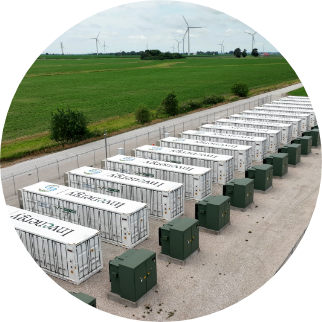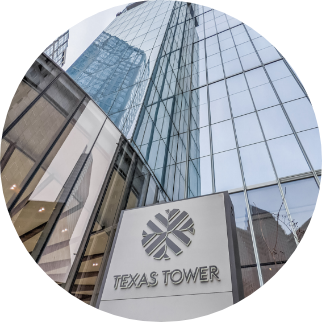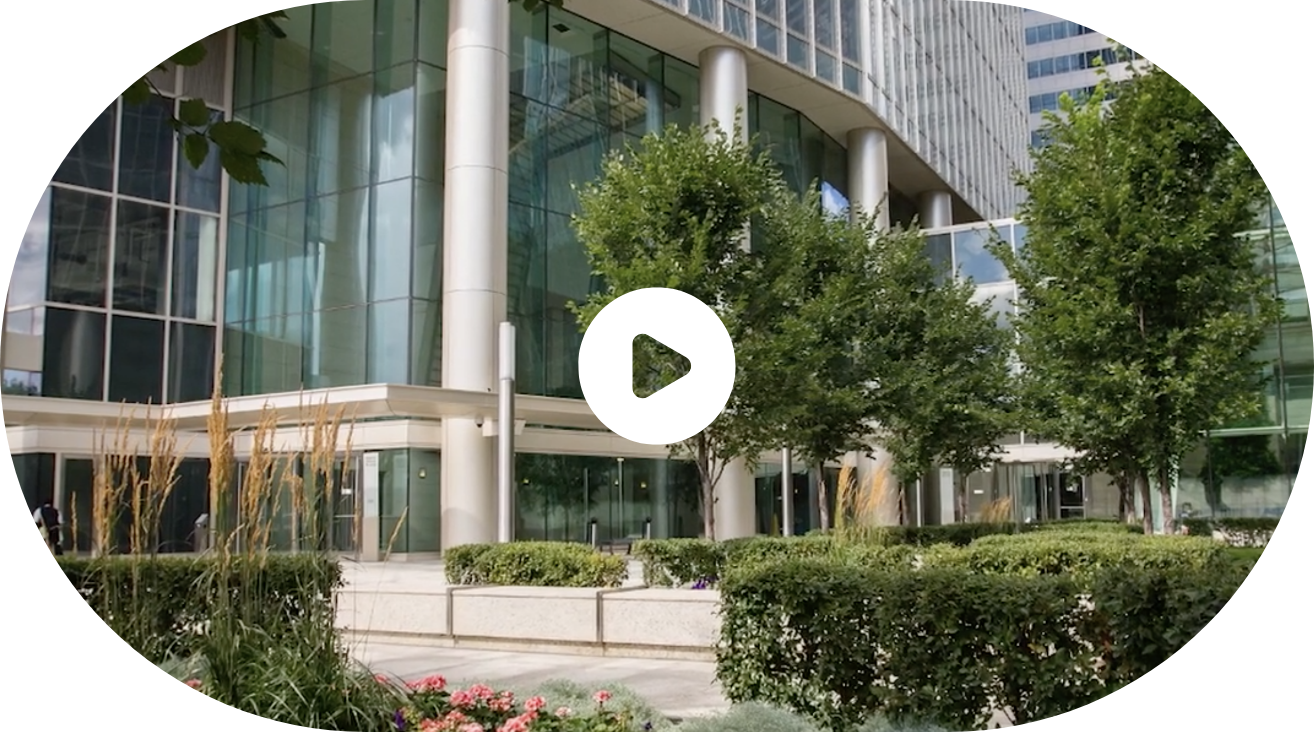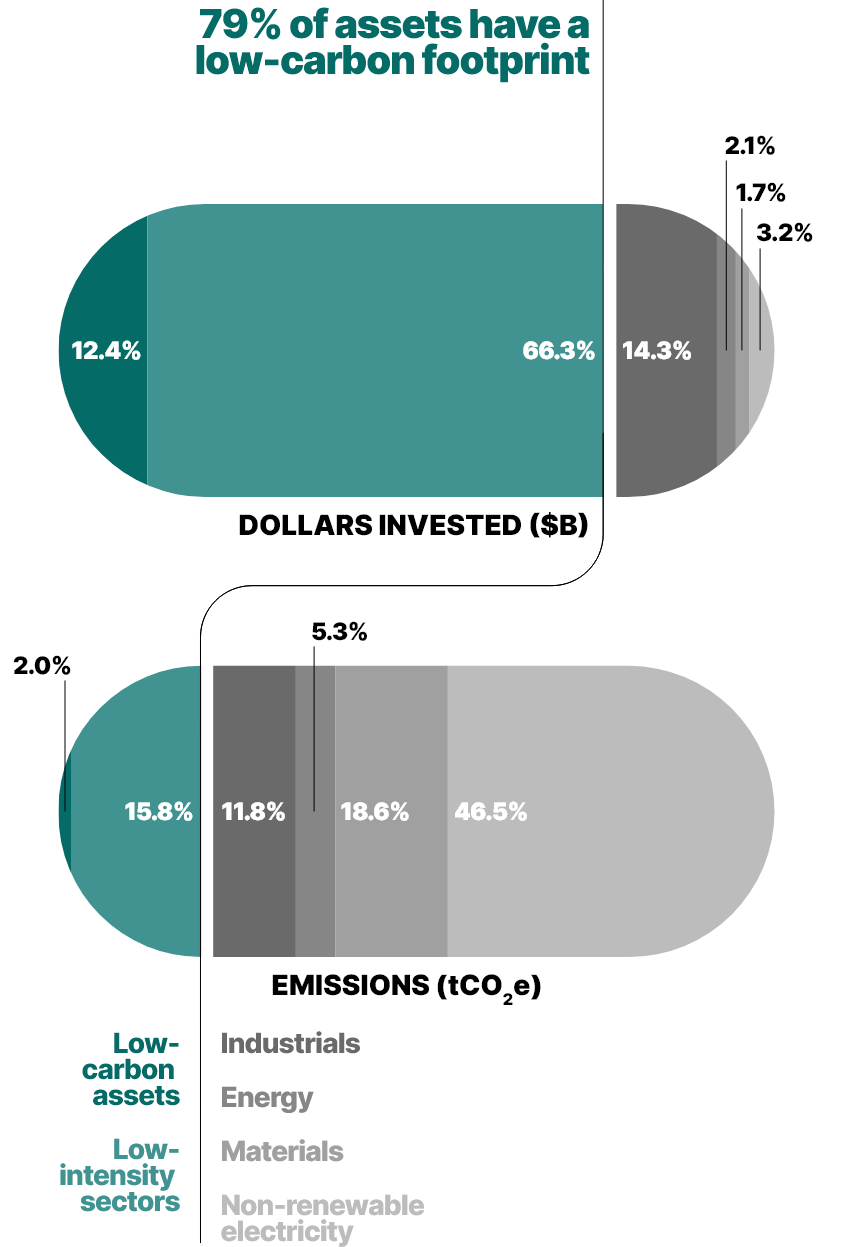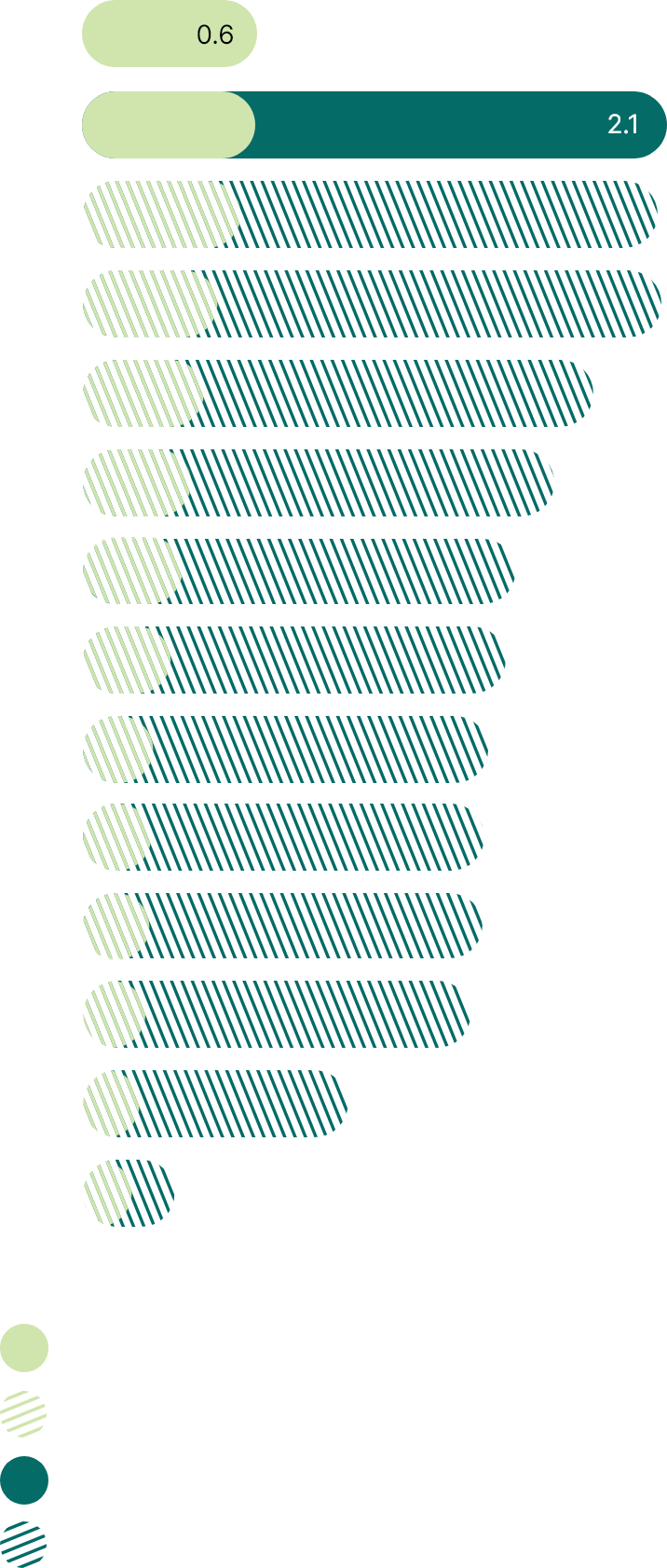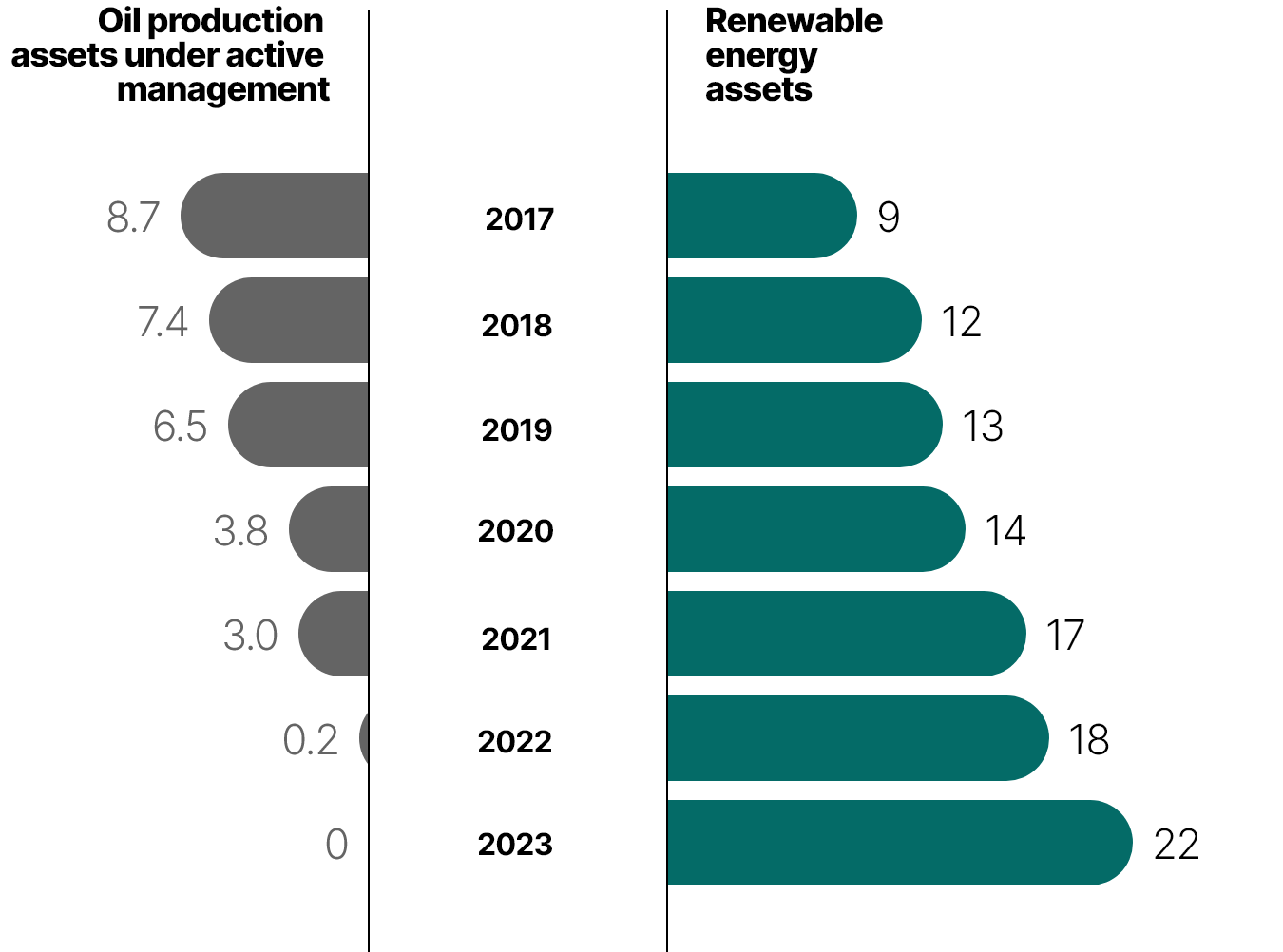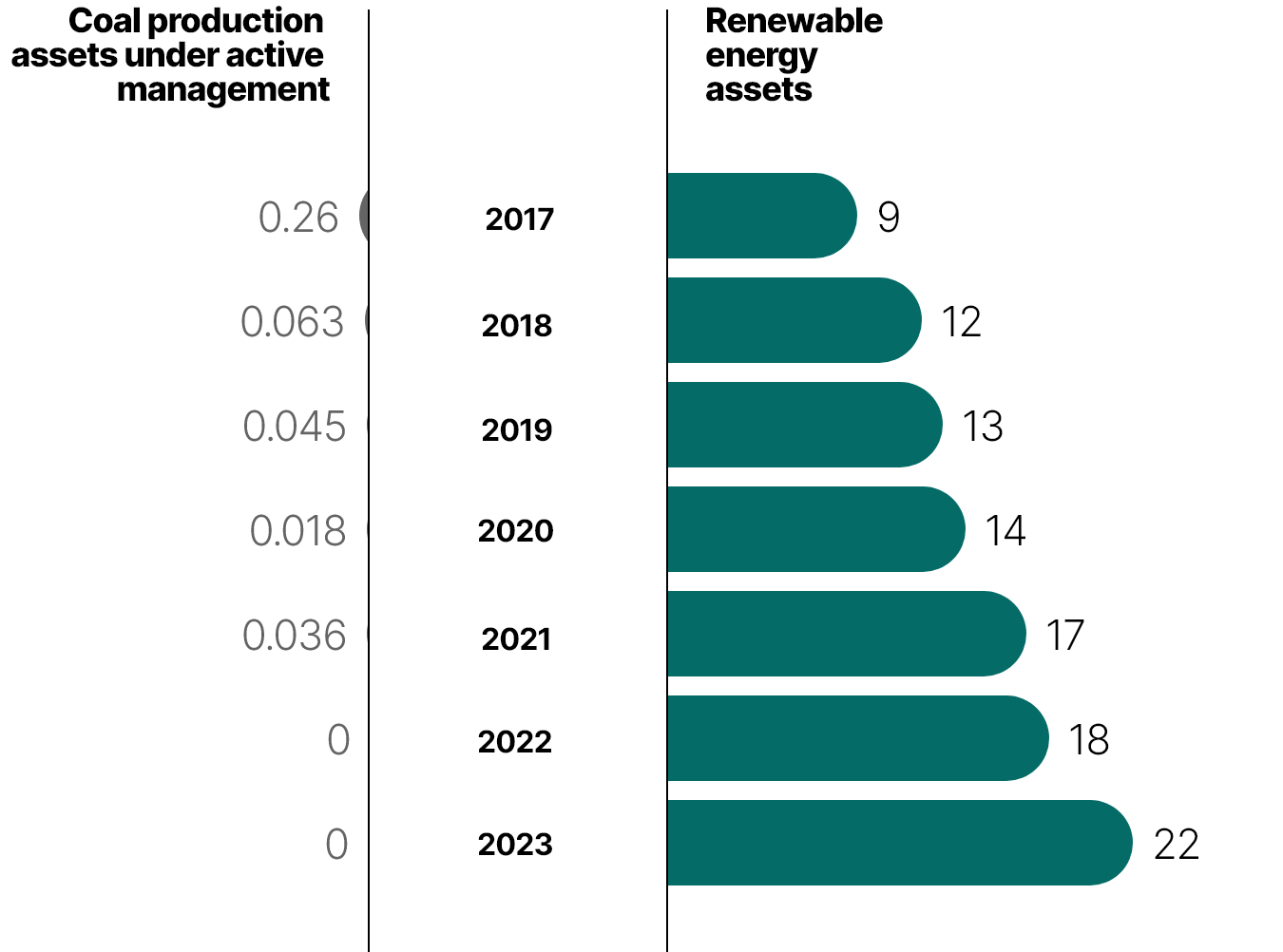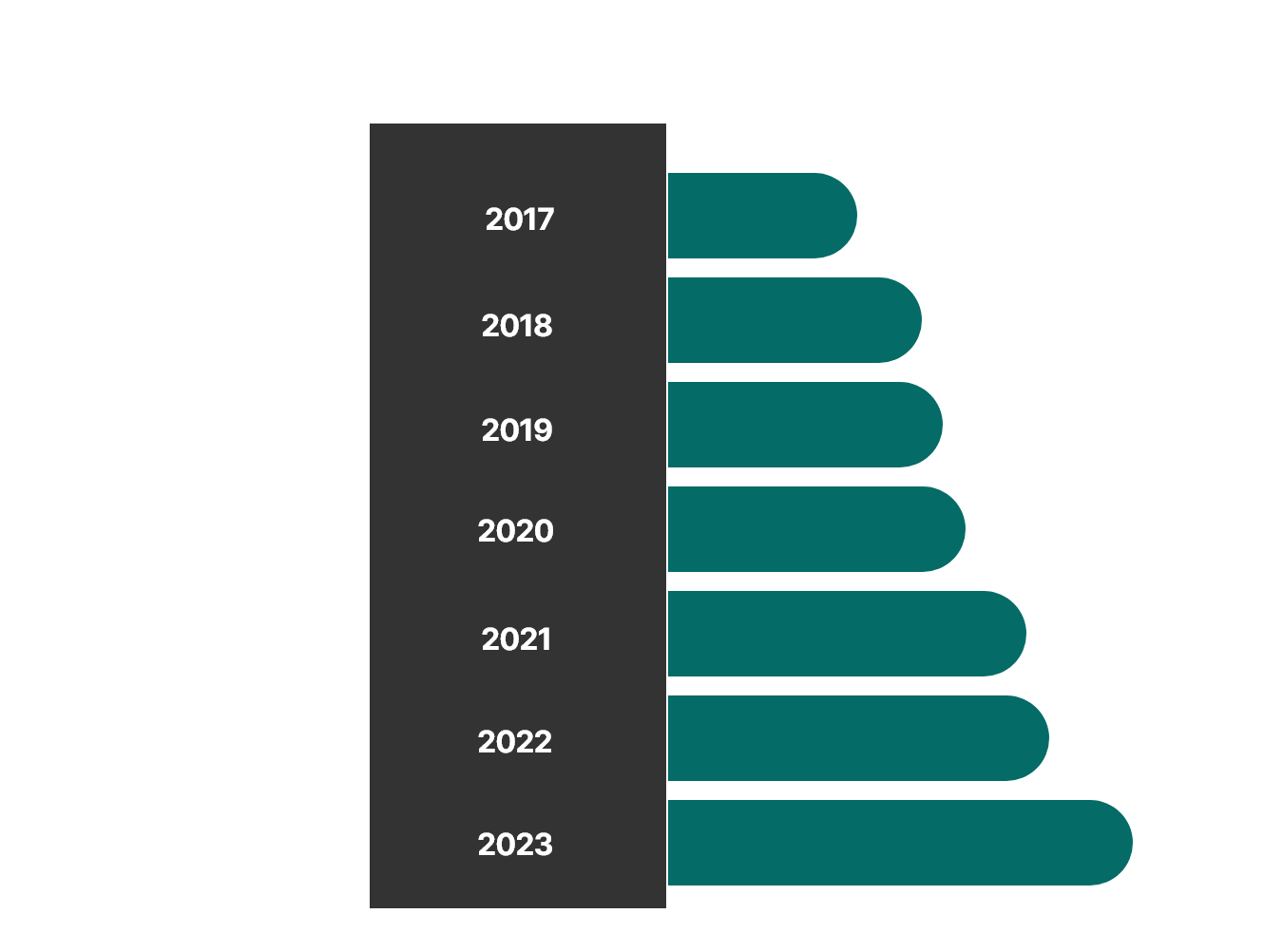

An active
portfolio to
accelerate the
transition.
We invest in sustainable solutions to encourage all players in the economy to reduce GHG emissions. This is how we ensure a fair and orderly transition in the highest-emitting industries.
Since the implementation of our first climate strategy in 2017, we have taken decisive action, including completing our exit from oil production and coal mining; we no longer want to contribute to the supply of these two types of energy, which are not energies of the future.
To preserve the long-term value of our assets, we have positioned them advantageously by limiting their exposure to climate and transition risks.
in low-carbon assets
in transition assets
in SBTi-compliant or
near‑compliant assets
in assets with
a low-carbon footprint
Protection Office
As part of the consultations for the development of the Réseau express métropolitain (REM), CDPQ Infra entered into a financial contribution agreement with the Mohawk Council of Kahnawà:ke (MCK) to improve usability of Tekakwitha Island for community members and wildlife.
Kahnawà:ke removed invasive exotic plants (Phragmites) and created two new wetland complexes. Additionally, brown snake hibernation and turtle nesting and basking areas were created, providing new habitats for at-risk species.
We have once again used our shareholder vote to oppose the re-election of Board members at nine companies. Our goal is to publicly express our disagreement with measures we consider insufficiently ambitious in terms of decarbonization. The individuals targeted are responsible for sustainability and climate-related issues on their Boards.
We select these companies using information disclosed by Climate Action 100+. Each year, this group of investors identifies the largest GHG emitters that are not sufficiently ambitious in the fight against climate change. Our aim is to encourage the companies we have targeted to reform their practices and set more ambitious targets.
We are signatories to a collaborative engagement campaign that seeks to reduce methane emissions. Spearheaded by Nordea, a banking company, the campaign targets companies that produce large quantities of methane and encourages them to join the Oil & Gas Methane Partnership 2.0 (OGMP 2.0), a benchmark in methane measurement, disclosure and target setting. We have sent letters to five of our portfolio companies to encourage them to join this initiative and develop best practices in emission reduction.
Energize Capital is a leading climate software investor focused on scaling sustainable innovation. In 2023, CDPQ continued its partnership with this external manager by supporting its approach and innovative business model. Its activities cover key themes at the intersection of software and renewable energy, industrial operations, electrification and mobility, energy infrastructure, and decarbonization. Energize estimates that its portfolio companies helped avoid more than 9.8 MtCO2e in 2022.
Our active collaboration with Energize is strengthened by our presence on the Limited Partners Advisory Committee (LPAC) and the LP ESG and Impact Advisory Board. The purpose of CDPQ’s presence on these committees is threefold: to provide the LPAC with CDPQ’s strategic perspective on energy transition investment opportunities, to help Energize better understand evolving expectations and best practices for LPs in relation to impact and ESG, and to provide CDPQ with insight into the ongoing development of impact and ESG approaches specific to early-stage and growth investments in climate technologies.

